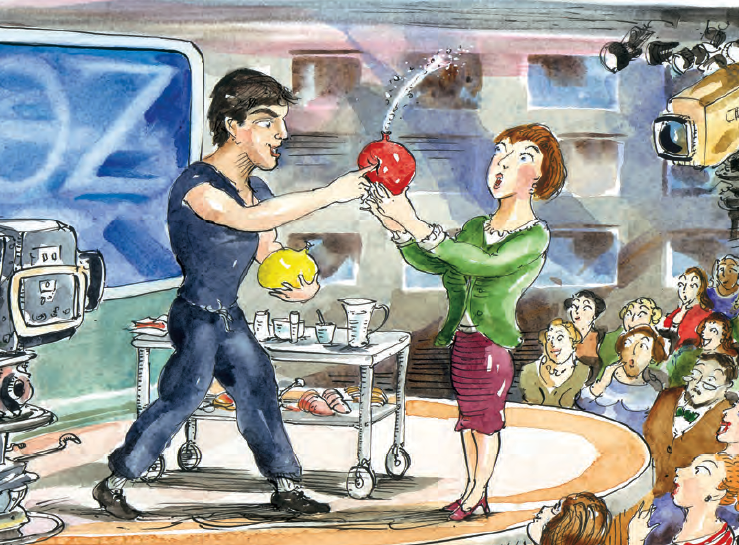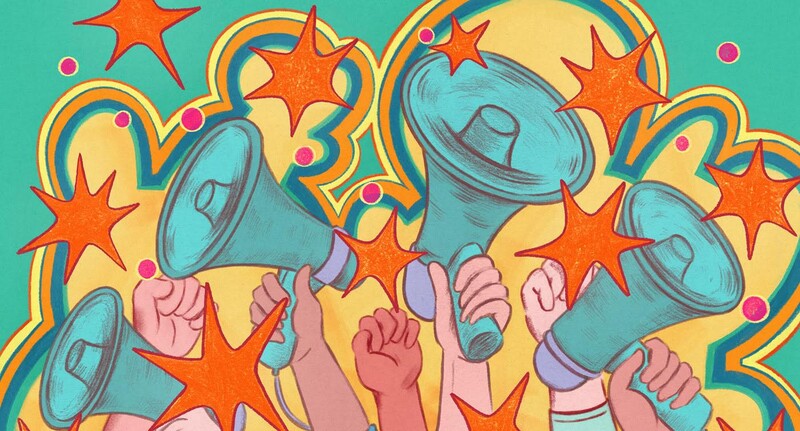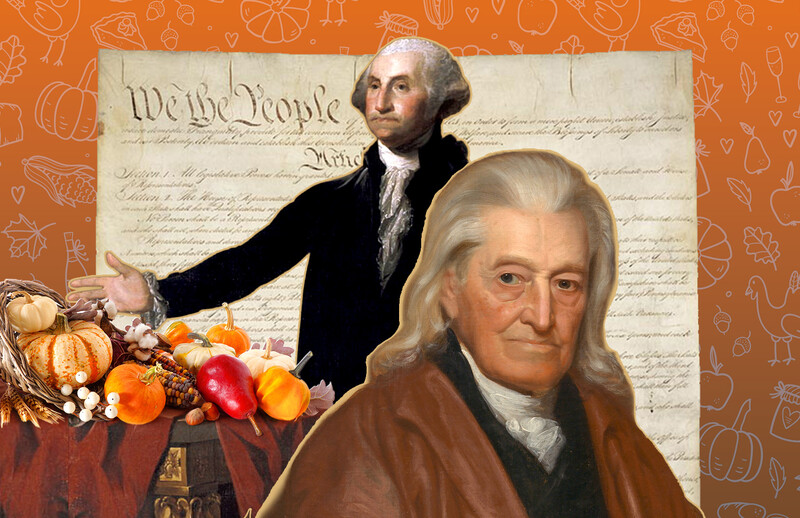It’s 40 minutes to showtime and heart surgeon Mehmet Oz is in David Letterman’s old dressing room on the sixth floor of 30 Rockefeller Plaza, studying his script, greeting guests, and making sure the water balloons are ready.
Meanwhile, in the studio, his audience warmer, a chubby comedian named Richie Byrne, keeps a crowd of 200 people, most of them women, giggling. He pats his rotund belly. “If I were a numeral, I’d be a zero,” he says. “Oz would be a one.” Then he speaks of what he’s learned in the past three months while working on The Dr. Oz Show: Eat green vegetables. Avoid sugar. Exercise at least a half hour a day.
A reasonable person might ask: Isn’t this stuff obvious? Maybe, but according to a 2009 report by the National Center for Health Statistics, 34 percent of American adults are obese. And coronary disease is the number-one killer in America.
That’s where Dr. Oz, professor of cardiac surgery at Columbia and attending surgeon at New York-Presbyterian Hospital, comes in. A decade ago, when he was performing 450 open-heart surgeries a year, he couldn’t understand why so many of his patients didn’t know how to take care of themselves. He’d come home and tell his wife, Lisa, that he wished he could have gotten to those patients sooner to explain to them what was at stake. “She challenged me to do something about it,” Oz said later. Then Lisa Oz, a TV producer, pushed an idea: they would create a TV show that focused on health.
They called it Second Opinion with Dr. Oz. Oz scored a coup when his friend Gayle King, known to many as Oprah Winfrey’s best friend, convinced Winfrey to appear on the first episode. Following that taping, in 2004, Winfrey began inviting the doctor on her show. He soon became a regular with his own segment, “Ask Dr. Oz.”
Five years and 55 Oprah Winfrey Show appearances later, Oz is one of the biggest stars in daytime television with a hit show of his own. The straight-talking guy in the blue scrubs — he still operates on 200 patients a year — dispenses frank, commonsense advice about health and fitness. His book YOU: The Owner’s Manual, which he coauthored with Dr. Michael F. Roizen (and with the help of Lisa, a Reiki master), was so successful that it spawned five other YOU books. There’s YOU: On A Diet; YOU: Staying Young; YOU: Having A Baby; and so on.
“People change their habits based on how they feel, not based on what they know,” Oz said. “You have to connect with your patients emotionally and not just state facts. They need to understand, and feel, what is at stake.” During a recent segment, he used computer animation to show a 30-something smoker that her face will turn into an accordion of crevices by age 65 if she doesn’t quit.
Most in the audience seem to connect with Oz. They listen attentively. Some take notes. Some admire the doc’s good looks. One middle-aged woman, sitting in the back row, quips to a friend, “He can operate on me anytime."
Oz said he tries to keep the hour-long show upbeat, surprising, and fun. A typical episode has one segment on nutrition, another on how to detect an illness, another on an exercise technique, and there is usually one taboo topic (discussed in what he calls the show’s “no embarrassment zone”), such as how to read your health in the appearance of your stool, or what our bodily gas tells us. Today, it is about why women feel a need to urinate more often than men do.
A volunteer from the crowd is brought onstage and Oz directs her to hold a balloon filled with nearly a liter of water, about the amount women can keep in their bladder. Then, pressing down on the balloon with his hand, he demonstrates how the uterus pushes on the bladder. As he presses, water squirts out. “Men, generally speaking, don’t have to deal with this problem,” Oz says.
In October, a month after it premiered, The Dr. Oz Show was already one of the top syndicated shows, averaging 4.25 million viewers an episode, based on Nielsen ratings. Overall, it ranked number 13. The Oprah Winfrey Show came in fourth.
In many ways Oz is using a formula that catapulted Oprah to media baron status: teach people to lead healthier lives. But Oz realizes that knowing what’s good for you isn’t enough. Society needs a nudge. For that reason, he thinks there should be more health policies that create fitness incentives.
“We have to make it easier for people to make healthier decisions,” Oz said. “That means having fresh and affordable produce at corner bodegas. Have gyms at workplaces. Where I work, Sony subsidizes the healthy food, so you have to pay more if you want french fries.”
Do people still buy them? “Yes, but not as much as before.”



